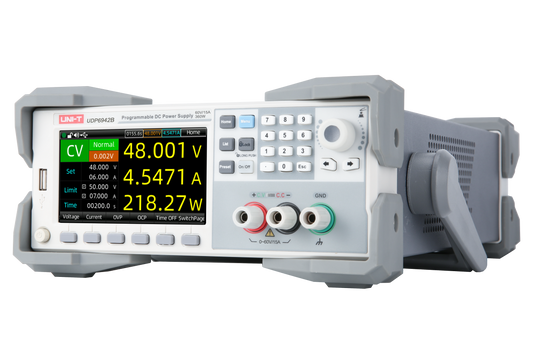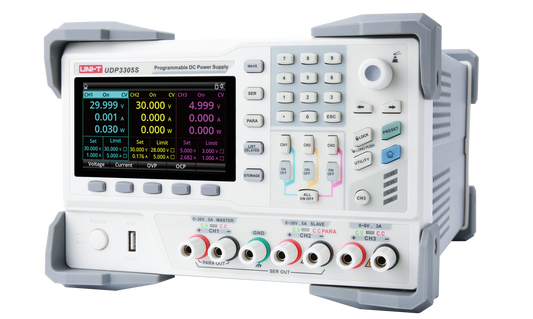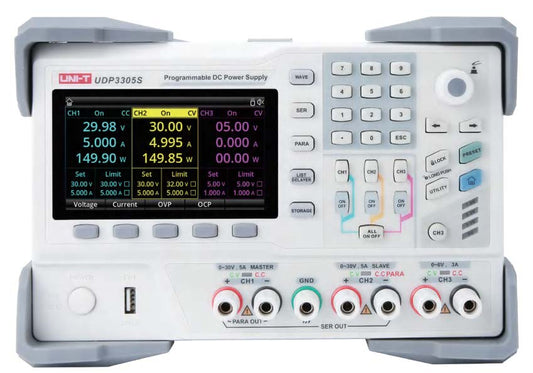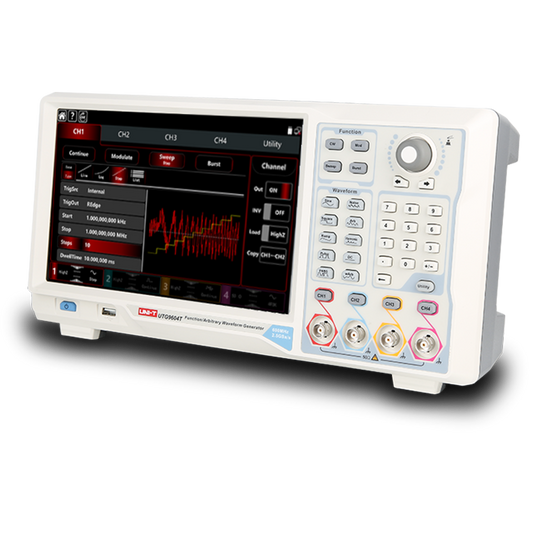The Significance of Proper Instrumentation in Electrical Testing
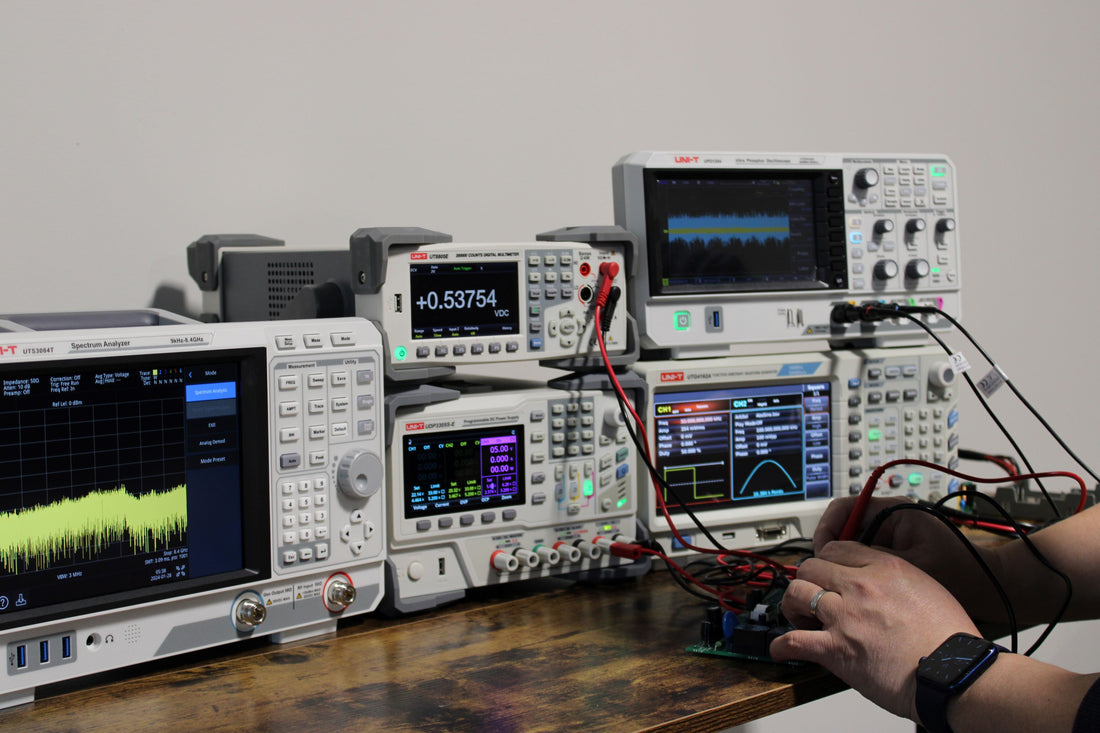
In the realm of electrical engineering, the development of circuit boards is a meticulous process where accuracy and reliability are paramount. As engineers strive to innovate and optimize designs, the significance of selecting the proper instrumentation for an electrical test bench cannot be overstated. This article delves into the crucial role that accurate measurements play in ensuring the functionality and reliability of circuit boards, emphasizing the implications of using improper instrumentation in the design process.
The Importance of Accurate Measurements
At the heart of any electrical test bench lies the pursuit of precision. Each component and connection within a circuit board must be scrutinized with meticulous attention to detail. Accurate measurements are not just desirable but are fundamental to the success of any design endeavor. A minor deviation in voltage, current, or resistance can cascade into catastrophic consequences, leading to malfunctioning devices or compromised safety.
Consider a scenario where a designer is testing a new circuit board for a medical device. A deviation in voltage measurement due to imprecise instrumentation could result in incorrect readings from sensors, leading to inaccurate diagnosis or treatment. Such errors can not only endanger lives but also incur substantial financial and reputational costs for the manufacturer.
The Pitfalls of Improper Instrumentation
Using the wrong instrumentation can introduce errors and inefficiencies into the design process, hindering progress and jeopardizing project timelines. Instruments with inadequate precision, calibration, or bandwidth may fail to capture critical nuances within the circuit, leading to flawed assumptions and suboptimal design decisions.
For instance, suppose an engineer relies on a digital benchtop multimeter with limited accuracy to measure small signal voltages in a high-frequency circuit. The resulting measurements may be distorted, obscuring vital signal characteristics, and impeding the identification of performance bottlenecks. In such cases, troubleshooting becomes a daunting task, prolonging development cycles and escalating costs.
Selecting the Right Tools for the Job
To mitigate these risks, engineers must carefully select instrumentation tailored to the specific requirements of their test benches. Precision, accuracy, and calibration are non-negotiable attributes when choosing instruments for electrical testing.
1. Precision: Seek instruments with high-resolution displays and low noise floors to discern subtle variations in signals accurately. Digital oscilloscopes with high sampling rates and analog-to-digital converters (ADCs) are indispensable for capturing transient phenomena and waveform details.
2. Accuracy: Prioritize instruments with traceable calibration certificates and proven accuracy across a wide range of operating conditions. Calibration ensures that measurements are consistent and reliable, instilling confidence in the validity of test results.
3. Calibration: Regularly calibrate instruments to maintain their accuracy and traceability to national standards. Calibration intervals should be determined based on usage frequency, environmental conditions, and manufacturer recommendations.
Real-World Examples and Case Studies
The significance of proper instrumentation is vividly illustrated by real-world examples. For instance, in the aerospace industry, where safety and reliability are paramount, engineers rely on highly calibrated instruments to validate the performance of flight control systems. Any deviation from expected behavior could jeopardize the integrity of the entire aircraft, emphasizing the critical role of accurate measurements in ensuring mission success.
Similarly, in the automotive sector, manufacturers employ advanced test benches equipped with precision instruments to evaluate the performance of electronic control units (ECUs). A minor deviation in sensor readings could lead to erroneous engine adjustments, impacting fuel efficiency and emissions compliance. By investing in high-quality instrumentation, automotive engineers uphold stringent quality standards and deliver vehicles that exceed customer expectations.
In conclusion, the proper selection of instrumentation is indispensable for achieving excellence in circuit board design. Engineers must prioritize precision, accuracy, and calibration to mitigate risks and ensure the functionality and reliability of their designs. By leveraging the right tools for the job and adhering to best practices in electrical testing, engineers can unlock new realms of innovation and deliver superior products that shape the future of technology.



